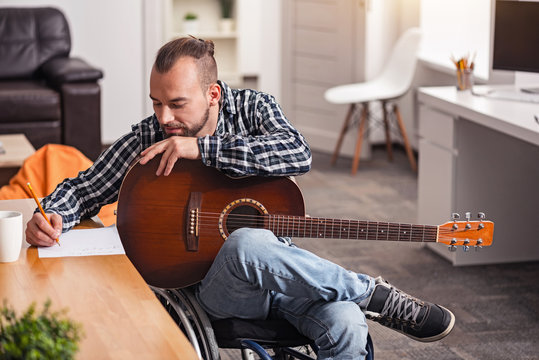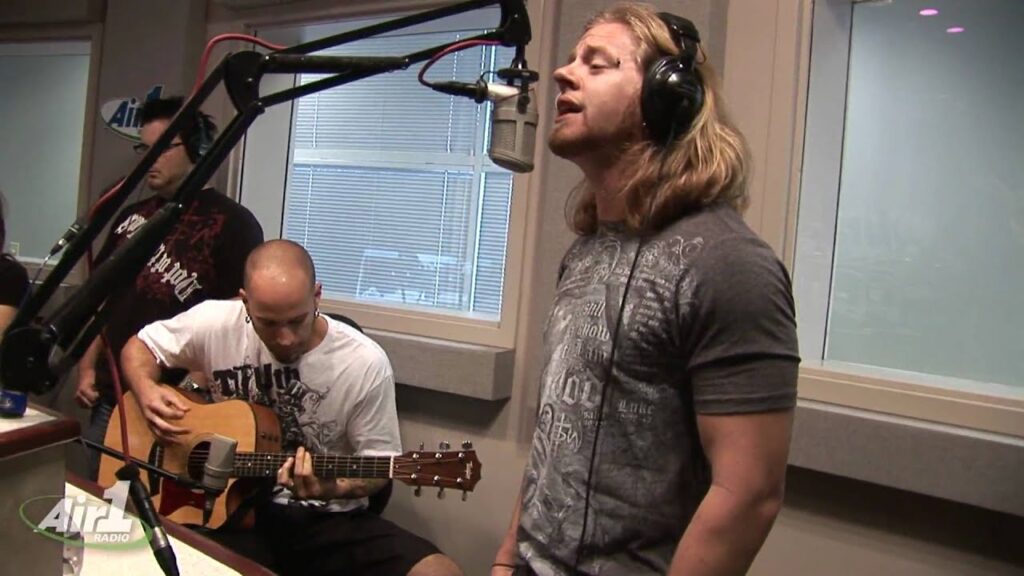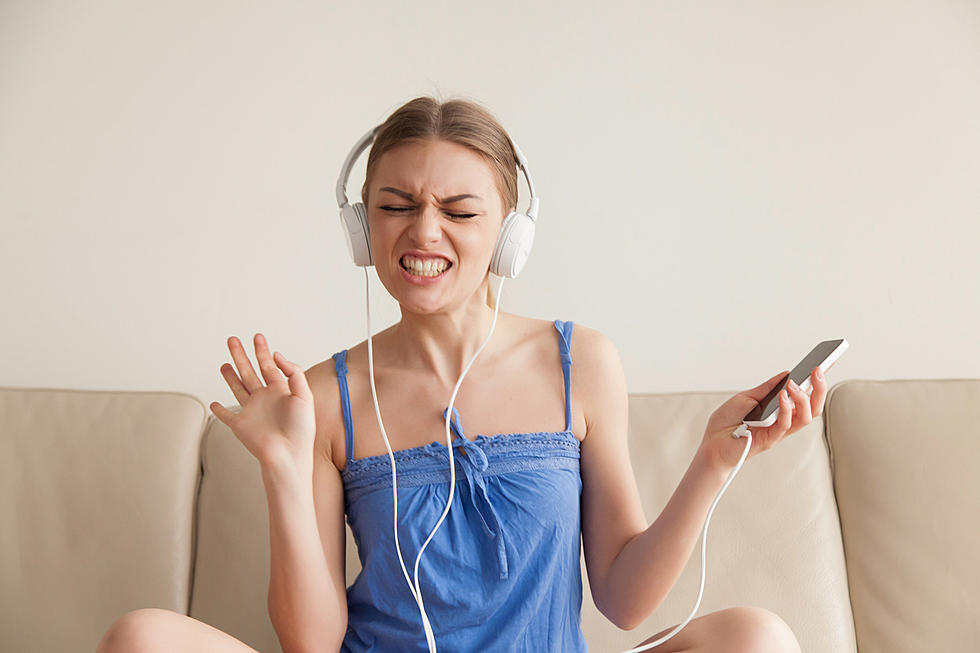How To Write Lyrics To A Beat: In the field of rhythmic music creation, being able to write words with a beat lets you weave emotional stories into throbbing soundscapes. To make words that flow easily with a beat, you need to write songs that dance softly between expressive language and precise rhythm. This introduction takes readers on a trip into the world of lyricism and shows them how difficult it is to put together words and beats in a way that sounds good.
To write words to a rhythm, you need to know a lot about the melody, timing, and emotional impact of the music. People who want to write lyrics try out different combinations of meter, rhyme, and story to find the best one that gives the song a deeper meaning. With the flow of pop lyrics and the powerful beat of hip-hop, lyricists can paint a different picture of their story.

As we get deeper into this art form, we’ll look at the minor differences in rhythm that make each genre unique, learn the secrets to great lyricism, and get some good ideas on how to write verses that not only fit the beats they go with but also make them better. Come along for the ride as words are used as brushstrokes to paint beautiful stories on the canvas of rhythm. This book is for budding lyricists who want to learn how to write lyrics that fit with a beat.
Are making beats easy?
It takes time to get good at beat-making, but with practice and learning there’s no reason why you can’t make something truly great. In this article, I’ve outlined some tips and tricks for beat-making, but there’s really no rules, so don’t be afraid to throw everything out the window and try something different.
Making beats is a dynamic way to express yourself through music that blends technical skills with artistic vision. The ability to use music production software and a natural ear for music both play a big role in how easy it is to make beats. However, current technology has made making beats a lot easier for everyone.
For people who are new to using software synths, drum machines, and digital audio workstations (DAWs), the learning curve may seem steep. On the other hand, easy-to-use tools and online guides have made it easier for more people to learn the basics. People who want to become producers can play around with drum rhythms, loops, and preset sounds to get better at changing them.
To become a professional beatmaker, on the other hand, you have to keep trying new things and getting better. To move up in their jobs, experienced producers often study music theory, sound design, and orchestration. In order to easily combine rhythm, tune, and texture, you need to have a deep understanding of how music works, which makes the process more difficult.
Basically, it’s easier to start making beats now, but to become a pro, you need to work hard, try new things, and have a good ear for melodic detail. Because technology is always changing, even people who are new to making music can find their sound in the beat business if they work hard and are passionate about it.
How can one sync lyrics with a beat effectively?
Lyrical-beat synchronization works best when there is a nice mix of story, pace, and rhythm. Start by feeling the pulse of the beat and getting lost in it. Find natural downbeats, accents, and places where the lines fit in like they belong. It’s important to know the beat’s pace and meter because it sets the tone for how you say your lyrics.
If you want to send a certain feeling, make sure the beat fits that mood. The fast-paced energy of hip-hop or the smooth flow of R&B music affects how the words fit with the sound. To make the groove better as a whole, try out different rhythmic patterns and pay close attention to when your lines start and end.
When matching words to a beat, accuracy is very important. For cohesion, make sure that the syllables fit the beat. Keep an eye out for rhyme schemes, and pick words that have a strong connection to the theme as well as a good flow.
To sum up, practice is very important. As you freestyle to the music, let your beat lead you. Change and edit, putting more emphasis on important words or lines to fit the rhythm of the beat. By doing this over and over, you’ll learn how to dance the tricky dance between rhythm and words, getting them to match up perfectly and making the music more enjoyable for both you and your viewers.
Is it legal to sell beats?
Selling beats online requires a licensing agreement between both parties. A licensing agreement is a legal agreement between the producer and client giving permission to use the beat. There are two types of beat licensing agreements that can be made: non-exclusive and exclusive.
Even though it’s legal to sell beats, there are issues with licensing and intellectual property rights. If a producer makes something, like a beat, they own the rights to it right away. When an artist sells beats, they usually permit people to use the music, but they still own the copyright.
Producers can set the rules for use through license agreements, which list things like length, limits on distribution, and purpose (for-profit or non-profit). Different types of licenses give the buyer different levels of rights. Some common types of licenses are exclusive, non-exclusive, and leasing deals.
Whether or not it is legal to sell beats depends on how the producer used copyrighted parts, such as samples, in the making of the beat. It is very important to use royalty-free content or clear samples to stay out of trouble with the law.
To protect their interests and make it clear to customers what rights they have given, manufacturers should have well-written contracts or terms of use agreements. Talking to a music lawyer or getting legal advice can help make sure that beats are sold in a way that follows the law and the rules of the industry.
Are songs hard to write?
It can be. Even the most seasoned Songwriters sometimes struggle with writer’s block. So if you’re having a hard time getting started, you’re not alone! But writing a song is easier when you’re feeling inspired or just in the flow.
Subjective geography of songwriting difficulty is affected by things like personal experiences, creative processes, and musical ability. Many people find it easy to write songs; it’s a natural way for them to share their thoughts and feelings. These people may get ideas from everyday things and turn them into powerful songs and captivating music with great skill.
On the other hand, a lot of people who want to be songwriters find it hard to express their feelings through music that tells a story. It can be hard to write songs with catchy melodies, deep words, and a cohesive structure that tells an exciting story. To find the perfect mix of musical skill, emotional resonance, and lyrical depth, you need to know a lot about song structure, rhythm, and harmony.
External factors like self-doubt, creativity blocks, and the need for newness all make writing songs seem harder than it really is. While being able to express yourself freely may make some people happy, it may make others feel limited by the pressure to meet goals or meet the standard of perfection.
Writing songs is hard because of the complicated relationship between how special you are, how good you are at the craft, and how you feel while you’re making the music. Some people find it rewarding to learn more about themselves through music, while others find it hard to get better at using the universal language of music to share their deepest feelings.

What role does rhythm play in crafting lyrics to a beat?
When writing words to a beat, rhythm is what makes poems alive. It controls the rise and fall of the rhythmic and beautiful lines that turn a simple string of words into a story. Lyrics and the underlying beat are synced by the pulse, creating a lively interaction that enhances the listening experience and captures the essence of the genre.
Rhythms in the lyrics work well with the beat because they match and speed up the beat’s tempo. The complicated dance between words and rhythm is affected by the speed of phrases, the placement of stressed and unstressed syllables, and the way that musical accents and lyrical focus are aligned. Rhythm is what makes a song’s mood, energy, and ability to be remembered, whether it’s the fast-paced delivery of a hip-hop verse or the melodic undulation of a pop chorus.
To write words to a beat, you need to understand fully how rhythms change. It’s important to get into the groove, play around with syncopation, and know when to stop. Not only does the piece’s melodic quality get better because of the masterful use of rhythmic structure, but the words become an important part of the whole soundtrack, touching people emotionally. In a sense, rhythm is what makes artistic expression possible; it gives words life and lets them flow along with the beat.
How can I write my first song?
For Your First Song, I recommend starting with a topic you are passionate about or that makes you feel something. For instance, if you are newly in love, you are in a great place to write a love song. If you have recently had your heartbroken, that might be a good emotion to dig into first.
Starting to write your first song is an exciting journey that lets you be creative and express yourself. The first step is to find motivation. This could come from thoughts, feelings, or even a beautiful place. Don’t fight the flow of your feelings and thoughts, and don’t be afraid to try new things.
Pick an interesting main idea or message to start. This idea will help your words stay on track and give the whole song a unified theme. Think about the story you want to tell and the feelings you want to stir up.
Next, think about how your song is put together. A typical song framework is made up of three parts: the chorus, the bridge, and the verses. The chorus goes over the main idea again, the lines move the story along, and the bridge adds a new point of view or a twist.
Use an instrument or music software to play around with rhythms and chord progressions. Instead of focusing on perfection, your first goal should be to build a base that effectively conveys the spirit of your song.
When you write songs, try to be honest. When you talk about your thoughts and feelings, be honest. Feel free to make changes and improve your work. To see things from a different angle, work with others, or ask them for comments. Keep in mind that your first song is just a starting point. As you practice and try new things, your style will come out. Take your time and let your thoughts run wild.
How to make writing lyrics on beats easier?
It can be easier to write words on beats if you practice, plan, and be creative. Start by getting lost in the music. Take in its subtleties, learn its rhythm, and figure out the mood it sets. Let the beat guide your thoughts, which will come up with ideas and topics that go with the mood.
Focus on building a strong base by learning how the beat is put together. Structure your lyrics with the help of your basic verse, chorus, and bridge rhythms. Pay attention to the rhythm’s empty spaces and pick the best times to emphasize important lines or make dramatic stops.
Try out different writing techniques to find the one that works best for the way you write. Some techniques that might help are freewriting, brainstorming, and even editing poems that you’ve already written. Have fun with your ideas; you can always fix them and make them better later.
Make sure the words you use fit the mood you want to create. The beat and the words must work together to get any message across, whether it’s through humor, a story, or feeling. It’s important to practice regularly and keep an open mind about learning and making progress. This iterative process will help you write words that fit well with the music, and it will also get easier over time to write on beats.
How To Rap: Fitting Lyrics To Beats
How well you can match rhymes to beats is important for making good rap music. Connect deeply to the beat and feel its speed, flow, and mood to start. This link sets up the perfect way for your spoken version to fit in with the background music.
How the beat is put together is very important. Figure out important parts like patterns, bars, and beats. Find the places where the accent and downbeat are; these are the best times to stress the lines. Think of your words as brushstrokes that make the beat sound better, which is similar to how a canvas works.
Play around with rhythm and flow. Whether you use precise language for a slower beat or quick verses for a fast beat, the energy of your delivery should fit the beat. Accept the syncopation method, which involves carefully putting words together to make new sounds.
Write words that go with the beat in terms of theme. The emotional tone of your words must match the mood, atmosphere, and attitude of the music. Try out different rhyme schemes to make your lines more interesting. Pay special attention to internal rhymes and rhymes with more than one syllable.
Regular practice is important. Try out different styles, rap over songs, and get better at what you’re doing. Once you’re used to how your rhymes and the beat work together, you can move through rap’s rhythmic territory with skill and accuracy.

The lyrics feature on Apple Music makes listening to music more enjoyable by giving us a stronger link to the songs we love. By using this feature, listeners can fully experience a track and get lost in the thoughts and poetry that went into making it.
Apple Music’s decision to add lyrics shows that the company wants to make its products better and change how people listen to and connect with their favorite music. People can sing along with the words and try to figure out what the songs are about, which makes the experience more real. This change not only makes the song’s message clearer but also makes you appreciate the beauty that goes into every piece more.
Adding words to Apple Music shows that the service is committed to giving users a full musical experience. It builds a connection between performers and listeners, which helps people understand the emotions, stories, and thoughts that are stated in each song’s lyrics. With this feature, listening becomes more interactive and interesting. It lets people connect with music on a deeper level and use lyrics and melodies to understand and feel things.







Leave a comment